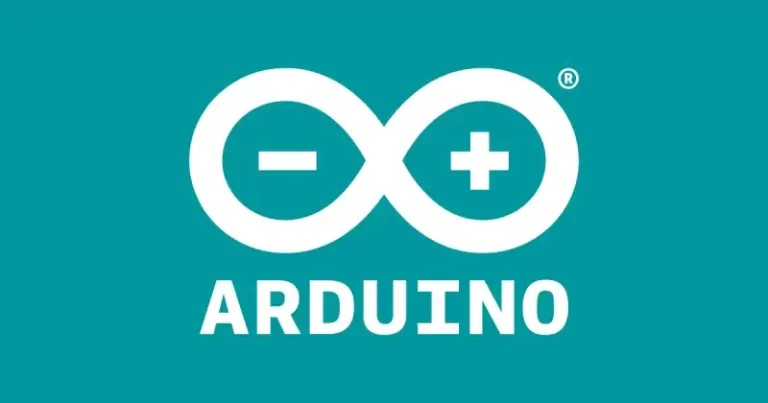
Arduino Course Software & Utilities
Great collection of Arduino software and utilities for the students of Vidyasagar Academy and for the ATL Lab incharge.

Great collection of Arduino software and utilities for the students of Vidyasagar Academy and for the ATL Lab incharge.
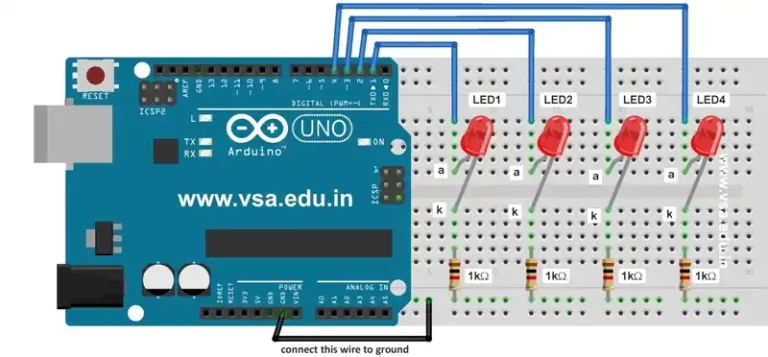
In this code we use 4 LEDs connected on breadboard with 4 resistors of 1kΩ. This code produces the effect of running LEDs.

An array is a collection of values which are accessed with an index number. Any value in the array may be called in the program by calling the name of the array and the index number of the value.
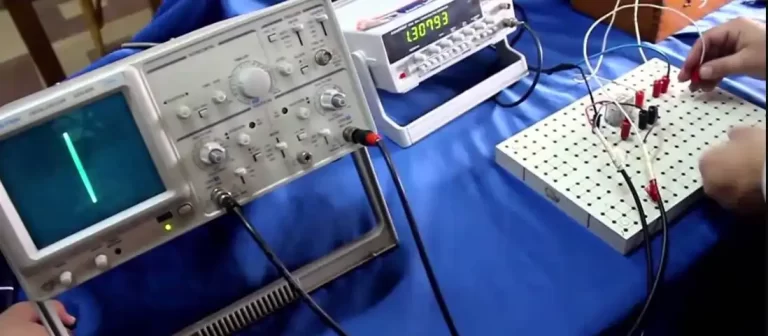
A cathode ray oscilloscope (CRO), also known as an oscilloscope or scope, is a type of electronic test instrument used to visualize and analyze electrical signals in the time domain. It is an essential tool for engineers, scientists, and technicians working with electronics, telecommunications, and various fields of science and engineering.

In this code we use 4 LEDs connected on breadboard with 4 resistors of 1kΩ. This code produces the effect of chasing LEDs.
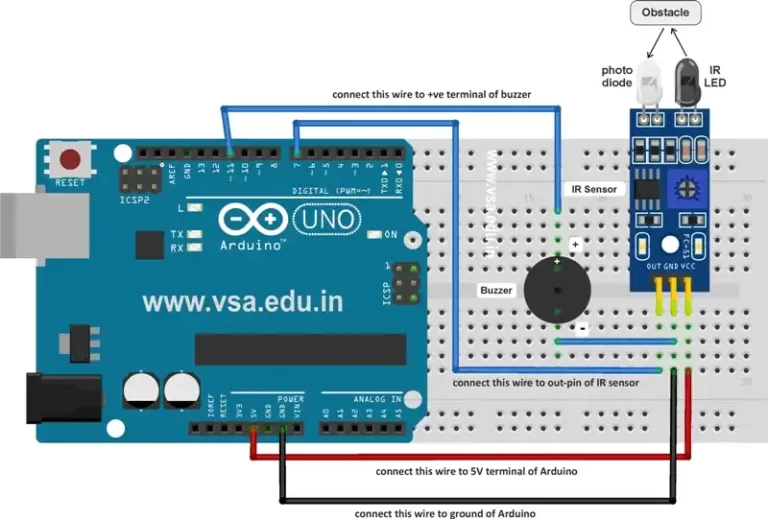
This code is used to beep the buzzer when obstacle is detected by the IR sensor in front of it. When there is no obstacle, the buzzer remains OFF.
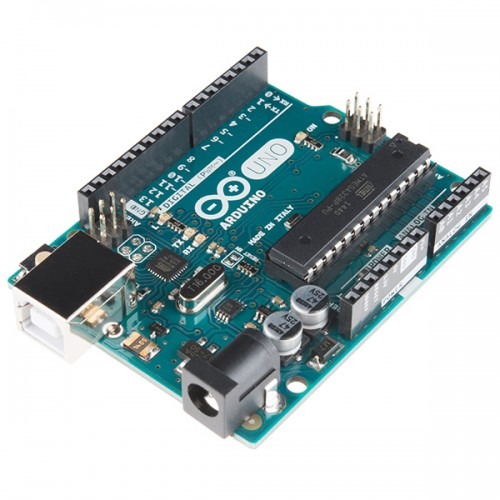
To work on this project, just connect Arduino UNO with data cable to your PC or laptop. Then upload the given program in it. Press Ctrl-Shift-M to open Serial Monitor window. Enter two numbers with required mathematical operator, and press Enter.
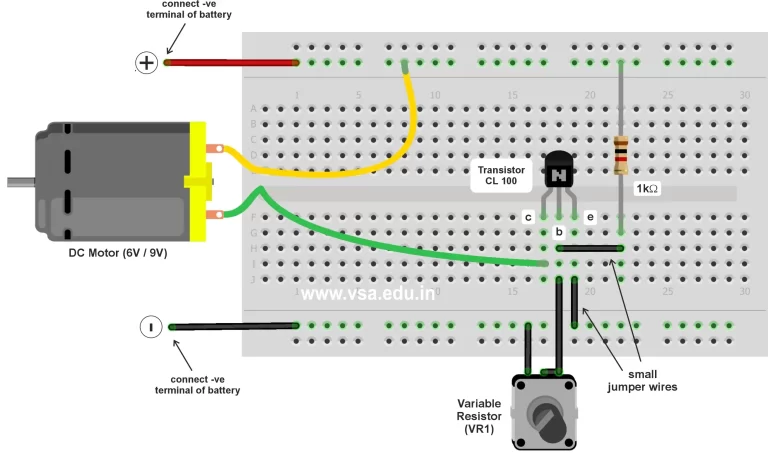
In this circuit when we rotate the variable resistor clockwise, the speed of motor increases and when we rotate it anti-clockwise the speed of motor decreases.
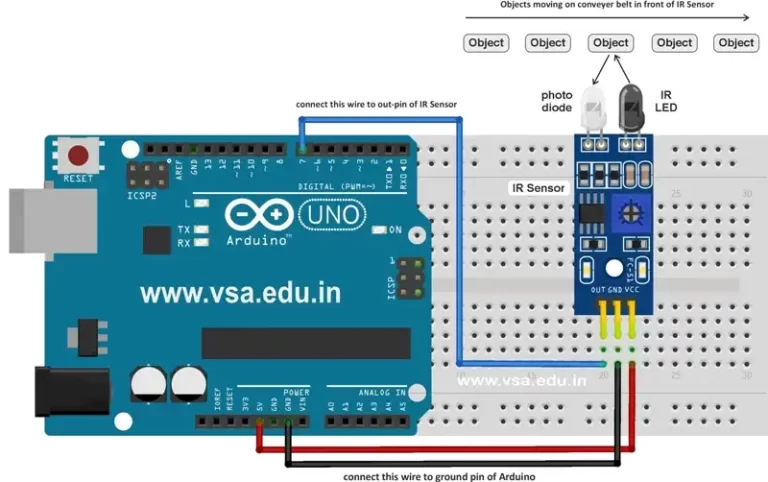
This code is used count the number of objects passing in front of the IR sensor. It displays the count of the object on serial monitor in Arduino IDE software.
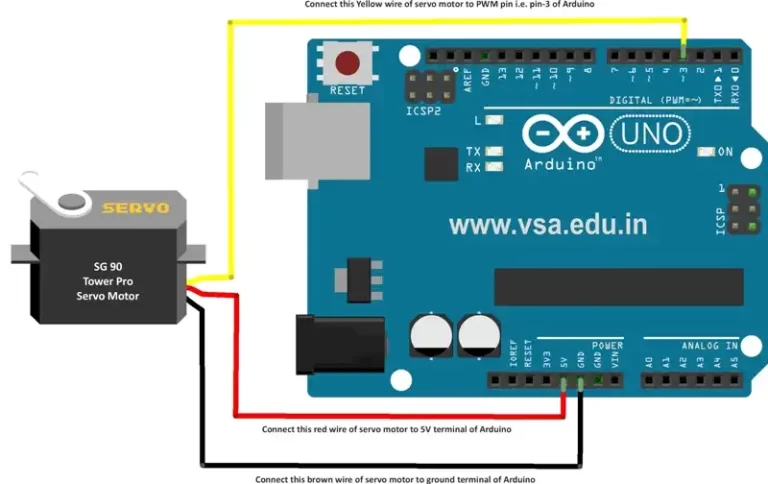
In this code the servo motor is controlled in required angle. We can change the value of the angle in the code either positive or negative angle.

The use of data logger shield in Arduino is rather critical and everyone may not have the data logger shield readily available to create the log of readings in Arduino.

In new type of Arduino boards with the ATMeaga168 chip, the pins 3, 5, 6, 9, 10, and 11 work as PWM pins. Older Arduino board with an ATMega8 chip has only pins 9, 10, and 11 as PWM pins. The value can be specified as a variable or constant with a value from 0-255.

Sometimes when you install a plugin, it may block the theme editor option and plugin editor option also. This is done particularly for the security reasons.
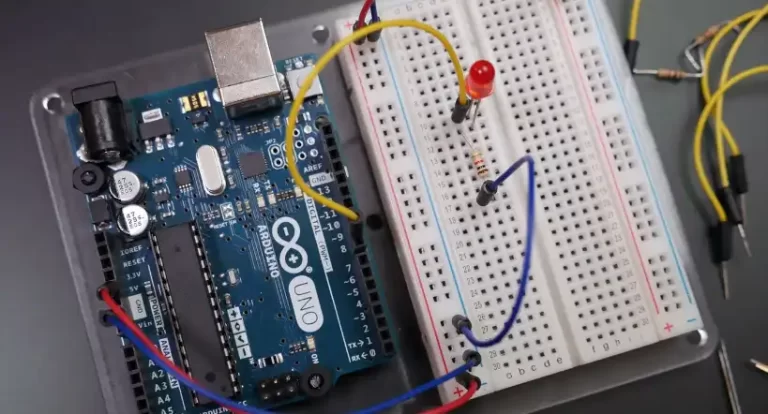
A variable is a way of naming and storing a numerical value for later use by the program. As per its meaning variable is actually assigned to a value which may constantly change.
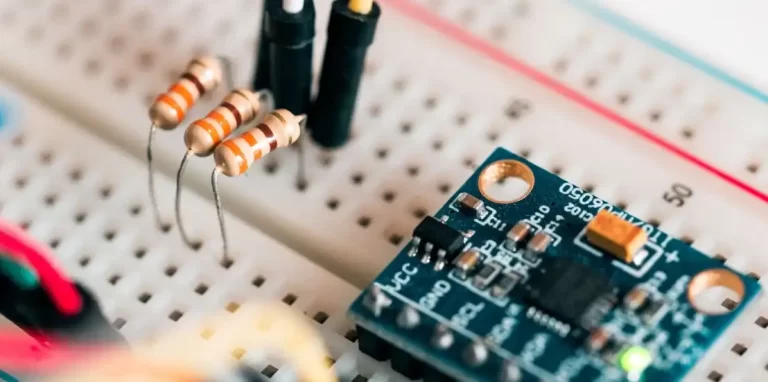
In programming, datatype is a classification which specifies which type of value a variable is assigned with and what type of mathematical, relational or logical operations can be applied to it.
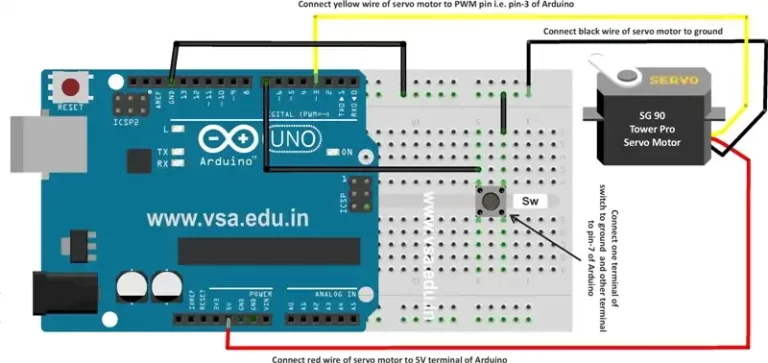
In this code when the button is pressed, the servo motor starts rotating smoothly from 0 – 90 and then 90 – 0. When the button is released, the motor restores back to angle 0.

The teachers who really want to modernize his/her teaching methodologies must use the best practices of Bloom’s Taxonomy. You can effectively plan your teaching to make the wonders happen!

The cognitive skills also called cognitive functions, cognitive abilities or cognitive capacities, are brain-based skills which are needed in acquisition of knowledge, manipulation of information and reasoning.
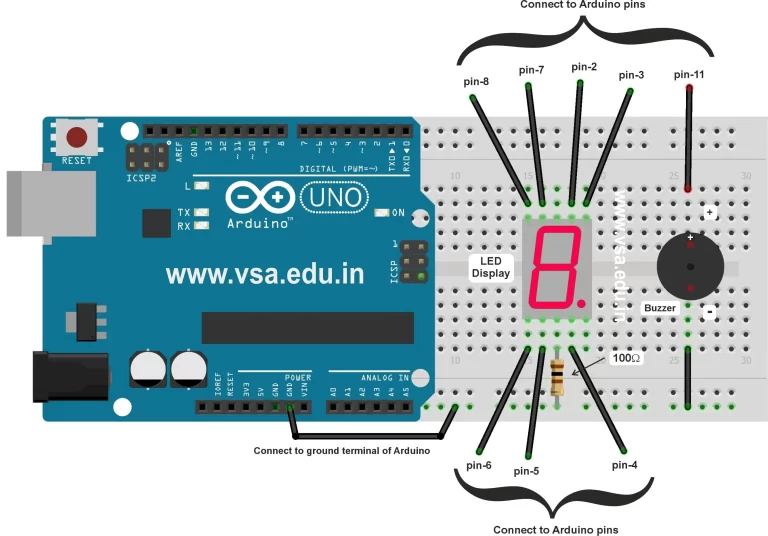
In this code the LED display shows counting from 9 – 0. When 0 appears on the display it produces buzzer sound. The pin configuration of LED display and connection diagram is given below.
Use of variable in CSS coding gives us the power to change the global setting of particular parameters. The use of variables is very simple in CSS coding. Let us see how to do this… Suppose you have to change…